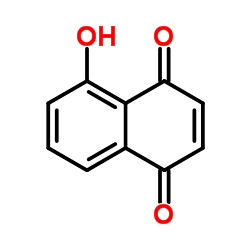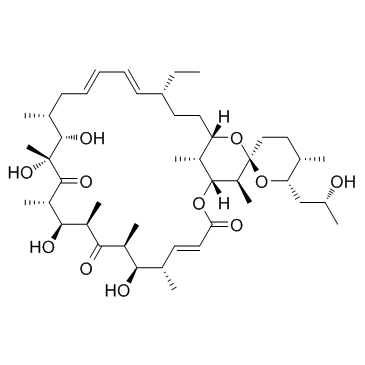| Structure | Name/CAS No. | Articles |
|---|---|---|
 |
Acetonitrile
CAS:75-05-8 |
|
 |
Dimethyl sulfoxide
CAS:67-68-5 |
|
 |
Formic Acid
CAS:64-18-6 |
|
 |
Juglone
CAS:481-39-0 |
|
 |
Oligomycin A
CAS:579-13-5 |
|
 |
8-Octanoyloxypyrene-1,3,6-trisulfonic acid trisodium salt
CAS:115787-84-3 |